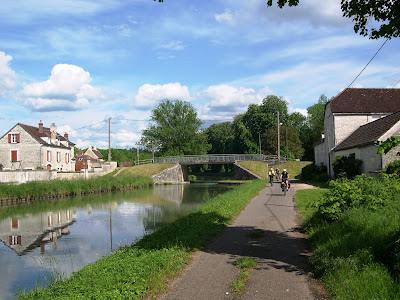The biggest clue to what Grover did do during the war was
his Purple Heart. The Purple Heart is a United States
military decoration awarded to those wounded or killed while serving with the
US military on or after April 5, 1917.
Long after his death, we sought information on her grandfather’s Purple
Heart. His award documentation told how
Grover served as an infantryman, was wounded (gunshot wound), what unit he was in, when he was
wounded, and in which offensive. That
information opened doors to an amazing wealth of data since David was able to
do more research on Grover’s regiment online.
What he found was a book entitled With the 364th Infantry in America,
France, and Belgium, a day-to-day record of this unit that was kept by its
Chaplain and Regimental Intelligence Officer.
Truly a gold mine!
 |
| Purple Heart Award |
This book is really a
fascinating story about the 364th from its beginnings on the west
coast of the US to its “Welcome Home Parade” in Los Angeles on April 12,
1919. It not only chronicles all their
activities and battles but also lists all the members of the unit, their ranks
and home towns, who was wounded, who had died, and who had received decorations
(including 1 Congressional Medal of Honor and numerous Distinguished Service
Crosses, French Croix de Guerre, and Belgian Croix de Guerre). Through the authors one gets a sense of the
pain and frustrations of war but also surprisingly humorous happenings such as
lice races, unfailingly pleasant encounters with the civilian population,
finding and “liberating” an abandoned German canteen that was well-stocked with
beer and cigarettes, etc. One story has to do with Grover's unit not getting enough
food at one point at the Front so Grover's Company 'B' stole the bran from the mules to
make breakfast cereal. The mules were quite unhappy and made all kinds of
noise because they were hungry.
Armed with this book, a variety of maps, local signage, and information from people we met in the Meuse-Argonne Offensive area, David was able locate the actual places where Grover and his fellow-soldiers camped,were shelled, came under machine gun fire and diphosgene gas, where they were entrenched, and areas and hills they attacked. We actually walked and stood in many of those places; it was an incredible experience.
The following postings are a brief account of our journey to the Champagne area of France and, more importantly, our attempt to trace Grover’s footsteps during WWI.


















































